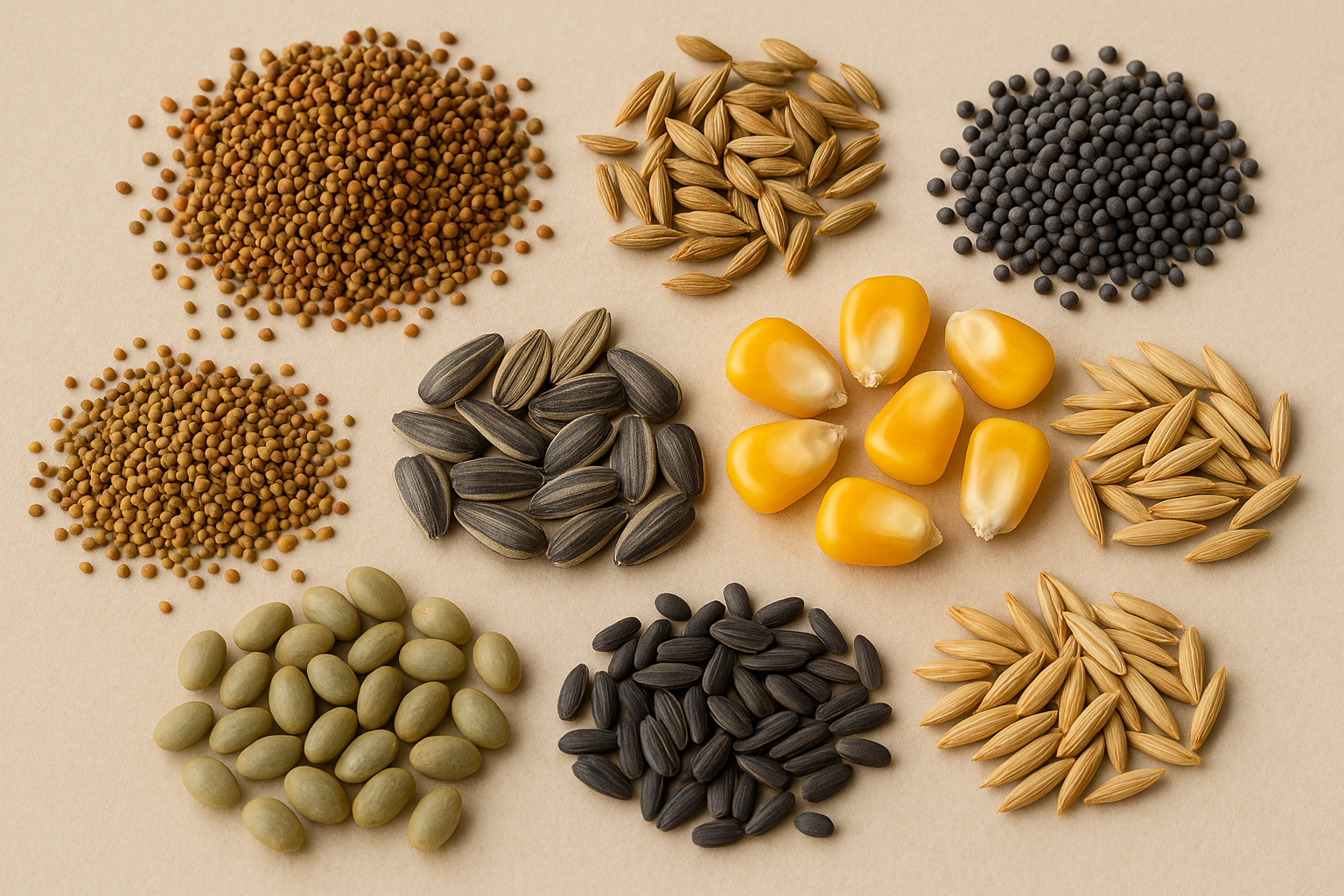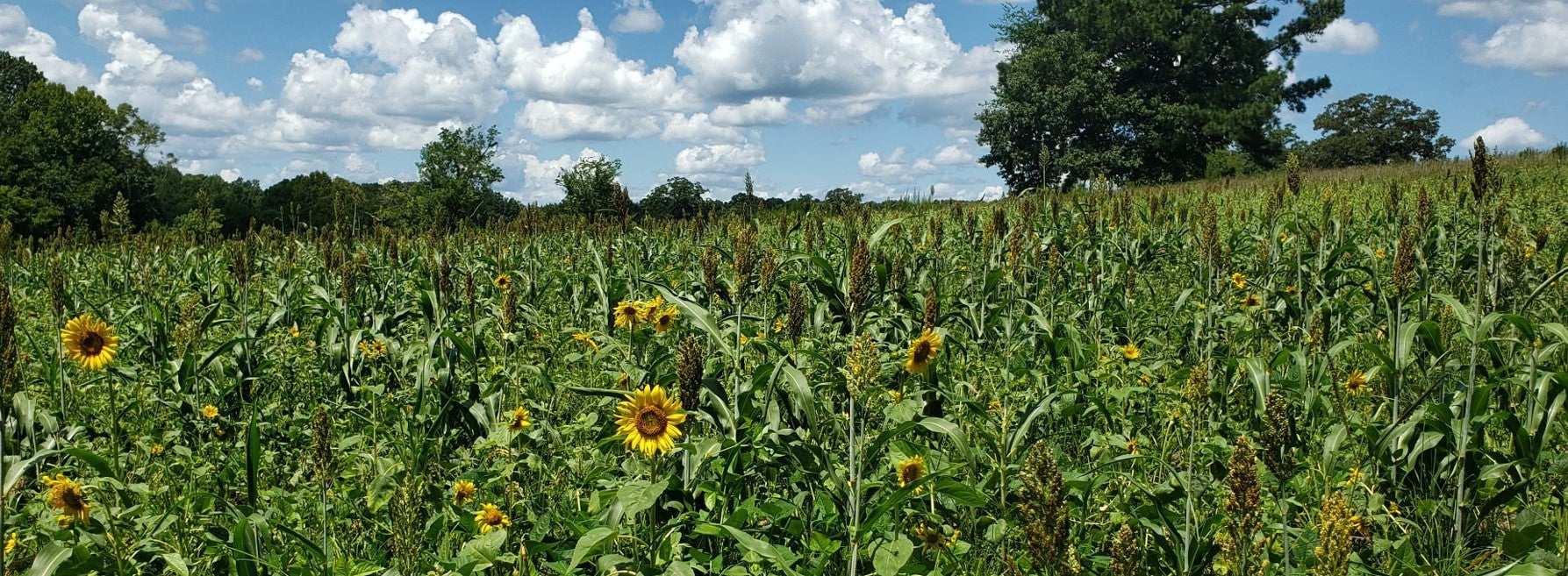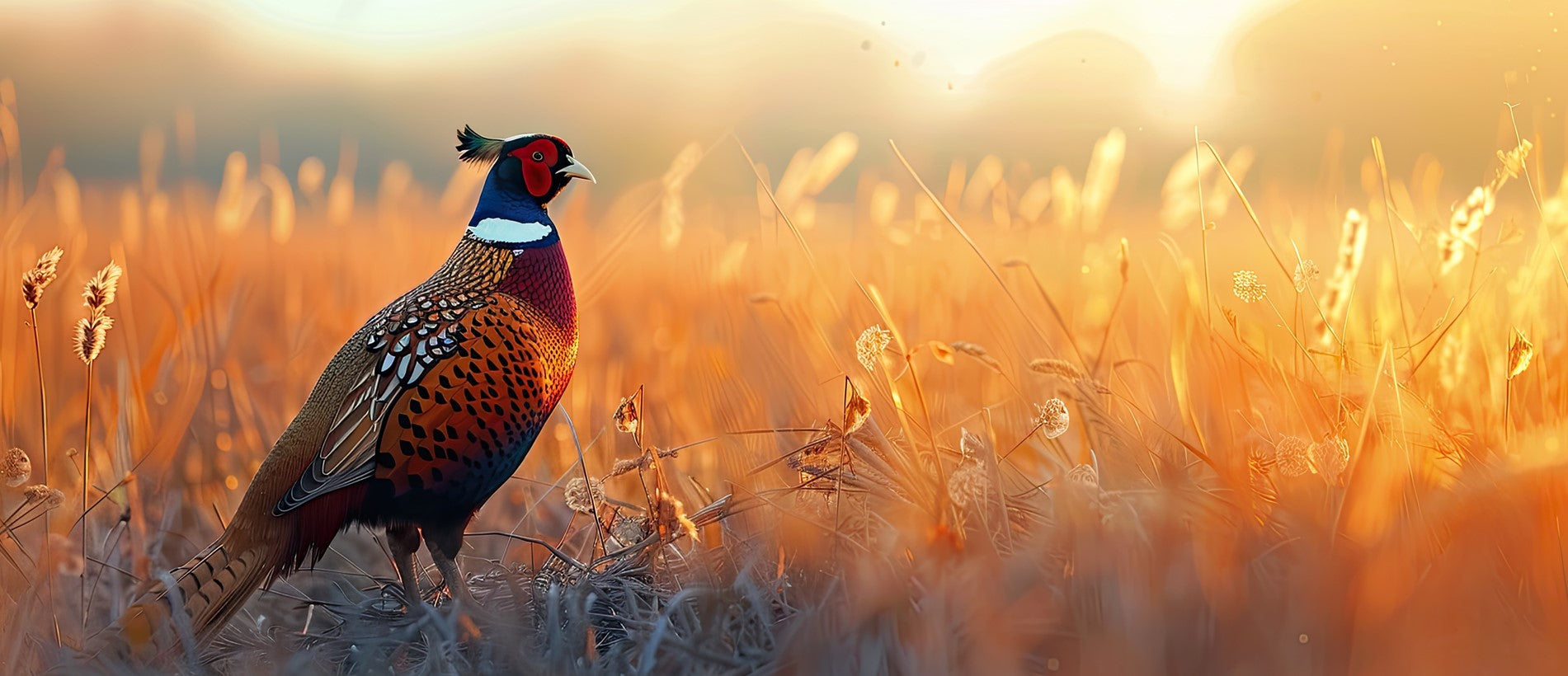Buck Mortality - Death in the Brush Country
 As soon as I dialed in the radio frequency to buck #0083 and picked-up the antenna, I knew the 6.5-year-old buck was dead. Instead of hearing the characteristic “beep....beep....beep” from his collar, I heard a signal that was twice as fast, “beep, beep, beep, beep.” I jumped down from the truck bed and walked in the direction where the signal was strongest. After walking only 100 yards, there he was. His tall-tined rack, with trailing skeleton, stood out like a sore thumb in the open brush country.
As soon as I dialed in the radio frequency to buck #0083 and picked-up the antenna, I knew the 6.5-year-old buck was dead. Instead of hearing the characteristic “beep....beep....beep” from his collar, I heard a signal that was twice as fast, “beep, beep, beep, beep.” I jumped down from the truck bed and walked in the direction where the signal was strongest. After walking only 100 yards, there he was. His tall-tined rack, with trailing skeleton, stood out like a sore thumb in the open brush country.
It was still March, only three months into my telemetry study, and already nine of the 44 bucks that we had captured the previous October had died! None of these bucks were killed by hunters, so why were they dying?
Most hunters would be surprised to learn that 10-30 percent of all bucks in south Texas die each year due to natural causes alone, which does not include bucks dying from hunting-related causes. Dr. Charles DeYoung, at Texas A&M University-Kingsville, was one of the first scientists to discover this alarmingly high natural mortality rate.
DeYoung and his assistants captured 282 bucks on four different ranches in south Texas from 1984-87. On two of these ranches, 53 bucks were radio collared with special, mortality-sensing transmitters that allowed the researchers to tell if the buck was dead or alive by the pulse rate of the radio signal. These bucks were monitored an average of once every 11 days from an airplane.
Whenever a buck’s radio signal indicated that he was dead, researchers walked in on foot to locate the buck and try to determine what caused the buck’s death. Twenty-three of these 53 bucks died during the study. The cause of death could not be determined for 10 of the bucks. Three bucks were killed by coyotes and two bucks were killed by mountain lions. The majority of the bucks that died on one of the ranches, died during the post-rut between late December and March.
Shortly after this study was completed, a second study was started to determine if a coyote-control program could increase buck survival during the post-rut. This study began in 1987 and lasted three years. I arrived in Texas to complete the third year of research.
Again, we captured and radio collared bucks on four different areas of two ranches. However, on two of these four areas, we did everything we could to remove as many coyotes as possible from January-June of each year. We removed an average of 107 coyotes from each of the two areas each year of the study.
We then monitored the survival of the bucks on the four areas to see if our coyote control had any benefit. Coyotes killed seven bucks. Five of these bucks were killed on the two areas of each ranch where coyotes were not controlled and removed. However, we did not see any difference in the number of bucks, or the age structure of bucks, during fall helicopter surveys. If our coyote removal was keeping bucks alive, it wasn’t increasing buck survival to the point that additional bucks were appearing in our annual helicopter surveys. The final conclusion was that buck survival did not increase enough to justify the expense related to the intensive coyote removal.
Shortly after completing this second study, I began work on a third telemetry study on one of these same two ranches toward my doctorate degree at The University of Georgia. The purpose of this additional study was to measure home range size, behaviors, and movement patterns among bucks of different ages. We captured and radio collared 125 bucks, ranging in age from 1.5 to 11.5-years-old, from 1992-94. Eleven different assistants and I used radio telemetry to track the movements of these bucks on a daily basis year-round for three years.
During the first year of my study, 11 bucks died of natural causes. During 1993, 10 bucks died of natural causes, and during 1994, eight bucks died of natural causes. Twenty-nine of the 125 bucks (23 percent) died of natural causes over the three years of the study.
When I looked at these data based on the mortality rates by age class, I found that young bucks and old bucks had the highest natural mortality rates. Yearling bucks (1.5years old) had the highest natural mortality rate at 37 percent. The next highest natural mortality rates were found in 9.5-year-old bucks (33 percent), followed by 8.5 (27 percent) and 7.5-year-old bucks (25 percent). The lowest natural mortality rates were found in 4.5-year-old bucks (1 percent) and 5.5-year-old bucks (6 percent). Bucks 2.5-years-old (7 percent), 3.5-years-old (20 percent), and 6.5-years-old (8 percent) had intermediate mortality rates.
Amazingly, 77 percent (20/26) of these bucks died during the post-rut between January and March of each year, with most deaths occurring in January.
WHY DO SO MANY BUCKS DIE DURING THE POST-RUT?
The most accepted theory is that bucks are extremely malnourished at this time of the year due to the rigors of the rut. During the course of the rut from November through early January, bucks lose up to 30 percent of their body weight. They are so intent on spending every possible moment in search of does that are in “heat” that they basically quit eating in early November. By the time the rut has ended many of these bucks have lost so much weight that they cannot recover and either die of malnutrition and disease, or they are killed by coyotes.
Surprisingly, in penned deer studies, where bucks are isolated in small pens and provided unlimited, highly nutritious feed, bucks still voluntarily decrease food intake and lose weight during the rut!
Coyotes, at this same time of the year, travel in packs. Working in combination with other coyotes, they drag these worn-out bucks to the ground. Even mature bucks are susceptible to coyotes during the post-rut.
Another theory that may explain some of the deaths was investigated by the Southeast Wildlife Disease Unit at The University of Georgia. These researchers discovered that around 10 percent of bucks in the Southeastern U.S. die each year from brain abscesses during the post-rut. Bucks that repeatedly fight with other bucks, as well as bucks that make high numbers of rubs during the rut, eventually rub their foreheads to the point that the skin is broken open. This break later causes an infection allowing bacteria through the skin. Once inside, these bacteria eat their way through the brain case of the buck. The bacteria most often tunnel through one of the fissure lines in the skull, eventually leading to the buck’s death. Unfortunately, this disease affects predominantly older-aged bucks because they often make rubs in higher numbers than younger bucks. Researchers concluded that Texas’ warm and dry climate made it difficult for the bacteria to survive in our state.
WHAT DOES THIS ENTIRE RESEARCH MEAN?
First, managing for mature, trophy bucks is not very efficient because many bucks will die each year of natural causes. To illustrate this, let’s start with a population of 100 six-month-old buck fawns. Our buck mortality research indicates that an average of 46 percent of buck fawns will die of natural causes from December-May, reducing the buck population to only 54 1.5-year-old bucks. Our data shows that an average of 37 percent of 1.5-year-old bucks will die of natural causes so, after the second year the buck population has decreased to only 34 2.5-year-old bucks. Our research indicates that an average of 7 percent of 2.5-year-old bucks die each year, knocking the population down to 32 3.5-year-old bucks. We found that 20 percent of 3.5-year-old bucks die of natural causes, so we are now left with 26 4.5-year-old bucks. Natural mortality in 4.5-year-old bucks is the lowest of any age class (1 percent) and all 26 bucks survive to 5.5-years-old. Of the 26 5.5-year-old bucks, 6 percent will die before reaching 6.5-years-old. Therefore, only 24 bucks, out of the original 100-buck fawns, will survive to 6.5-years-old, the age at which antler growth peaks. This shockingly high rate of natural mortality means that without any hunting at all, 76 of 100 buck fawns will die before 6.5-years-old! Ranch owners, managers, and hunters interested in managing for mature, trophy bucks need to realize that in south Texas the majority of bucks will die of natural causes before reaching maturity.
WHAT CAN BE DONE TO INCREASE BUCK SURVIVAL?
What can ranchers and managers do to increase buck survival, especially during the post-rut? Past research clearly shows that intensive coyote control methods can increase fawn survival. Therefore, coyotes should be removed prior to and during the peak fawning months of June-August.
Another solution is to increase the quantity and quality of the nutrition available to bucks from January-March through supplemental feeding. The nutritional level of the natural vegetation reaches a low point during late winter, further stressing bucks that are already worn out from participating in the rut. These bucks then have to suffer through late winter eating browse that is often low in nutrition. Not until spring “green-up” are these bucks able to regain the weight lost during the previous rut. Improving nutrition results in higher buck survival.
Join me next week when we learn about the antler cycle.
Posted by Dr. Mickey W. Hellickson
Photo by Hardy Jackson











Excellent information for anyone interested in managing deer!
Leave a comment